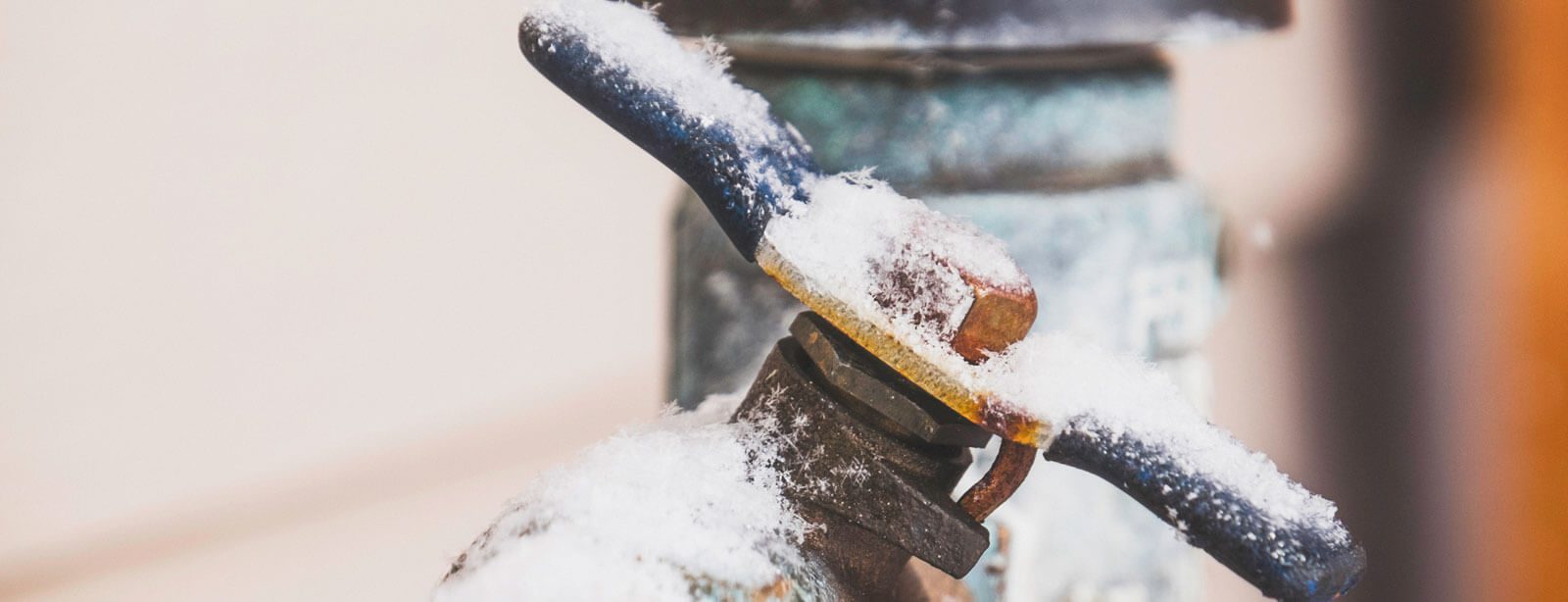Tips to Protect Your Plumbing from Cold Weather: Critical Tips
Tips to Protect Your Plumbing from Cold Weather: Critical Tips
Blog Article
Any individual has got their private way of thinking when it comes to Prevent Frozen Pipes .

Winter can wreak havoc on your plumbing, specifically by freezing pipelines. Below's just how to prevent it from taking place and what to do if it does.
Introduction
As temperature levels drop, the threat of icy pipes boosts, potentially bring about costly fixings and water damages. Comprehending just how to stop icy pipelines is vital for homeowners in cold environments.
Prevention Tips
Insulating prone pipelines
Wrap pipelines in insulation sleeves or utilize warmth tape to safeguard them from freezing temperatures. Concentrate on pipes in unheated or outside locations of the home.
Home heating methods
Maintain indoor rooms adequately warmed, specifically areas with pipes. Open closet doors to allow cozy air to circulate around pipelines under sinks.
Just how to identify icy pipelines
Try to find decreased water circulation from faucets, unusual smells or sounds from pipes, and visible frost on subjected pipelines.
Long-Term Solutions
Architectural modifications
Think about rerouting pipelines away from outside wall surfaces or unheated areas. Add extra insulation to attic rooms, cellars, and crawl spaces.
Updating insulation
Buy top notch insulation for pipes, attic rooms, and wall surfaces. Appropriate insulation assists maintain consistent temperature levels and lowers the danger of frozen pipelines.
Shielding Outside Plumbing
Yard hoses and outside taps
Disconnect and drain garden pipes before winter. Install frost-proof faucets or cover outside faucets with shielded caps.
Recognizing Icy Pipes
What causes pipelines to freeze?
Pipes ice up when revealed to temperatures below 32 ° F (0 ° C) for prolonged durations. As water inside the pipelines freezes, it increases, putting pressure on the pipe wall surfaces and potentially creating them to burst.
Threats and damages
Frozen pipes can cause water interruptions, residential property damages, and costly repair work. Burst pipelines can flooding homes and cause extensive architectural damages.
Signs of Frozen Pipeline
Identifying icy pipelines early can stop them from breaking.
What to Do If Your Pipelines Freeze
Immediate actions to take
If you suspect icy pipes, keep faucets available to eliminate pressure as the ice thaws. Make use of a hairdryer or towels taken in warm water to thaw pipes slowly.
Conclusion
Preventing icy pipelines calls for positive measures and quick actions. By understanding the reasons, indications, and preventive measures, property owners can shield their pipes throughout winter.
Helpful Tips to Prevent Frozen Pipes this Winter
UNDERSTANDING THE BASICS: WHY PIPES FREEZE AND WHY IT’S A PROBLEM
Water freezing inside pipes is common during the winter months, but understanding why pipes freeze, and the potential problems it can cause is crucial in preventing such incidents. This section will delve into the basics of why pipes freeze and the associated problems that may arise.
THE SCIENCE BEHIND FROZEN PIPES
When water reaches freezing temperatures, it undergoes a physical transformation and solidifies into ice. This expansion of water as it freezes is the primary reason pipes can burst. As the water inside the pipe freezes, it expands, creating immense pressure on the walls. If the pressure becomes too great, the pipe can crack or rupture, leading to leaks and water damage.
FACTORS THAT CONTRIBUTE TO PIPE FREEZING
Low Temperatures: Extremely cold weather, especially below freezing, increases the risk of pipes freezing. Uninsulated or Poorly Insulated Pipes: Pipes located in unheated areas, such as basements, crawl spaces, or attics, are more prone to freezing. Insufficient insulation or lack of insulation altogether exacerbates the problem. Exterior Wall Exposure: Pipes running along exterior walls are susceptible to freezing as they encounter colder temperatures outside. Lack of Heating or Temperature Regulation: Inadequate heating or inconsistent temperature control in your home can contribute to frozen pipes. PROBLEMS CAUSED BY FROZEN PIPES
- Pipe Bursting: As mentioned earlier, the expansion of water as it freezes can cause pipes to burst, resulting in significant water damage.
- Water Damage: When pipes burst, it can lead to flooding and water damage to your property, including walls, ceilings, flooring, and personal belongings.
- Structural Damage: Prolonged exposure to water from burst pipes can compromise the structural integrity of your home, leading to costly repairs.
- Mold and Mildew Growth: Excess moisture from water damage can create a favorable environment for mold and mildew growth, posing health risks to occupants.
- Disrupted Water Supply: Frozen pipes can also result in a complete or partial loss of water supply until the issue is resolved.
WHY CERTAIN PIPES ARE MORE PRONE TO FREEZING
- Location: Pipes located in unheated or poorly insulated areas, such as basements, crawl spaces, attics, or exterior walls, are at higher risk of freezing.
- Exterior Pipes: Outdoor pipes, such as those used for irrigation or exposed plumbing, are particularly vulnerable to freezing as they are directly exposed to the elements.
- Supply Lines: Pipes that carry water from the main water supply into your home, including the main water line, are critical to protect as freezing in these lines can affect your entire plumbing system.
- Underground Pipes: Pipes buried underground, such as those connected to sprinkler systems or outdoor faucets, can be susceptible to freezing if not properly insulated.
https://busybusy.com/blog/helpful-tips-to-prevent-frozen-pipes-this-winter/

I discovered that blog posting about Preventing and dealing with frozen pipes when looking around the internet. I beg you set aside a second to distribute this page if you liked it. I enjoy your readership.
Call Today Report this page